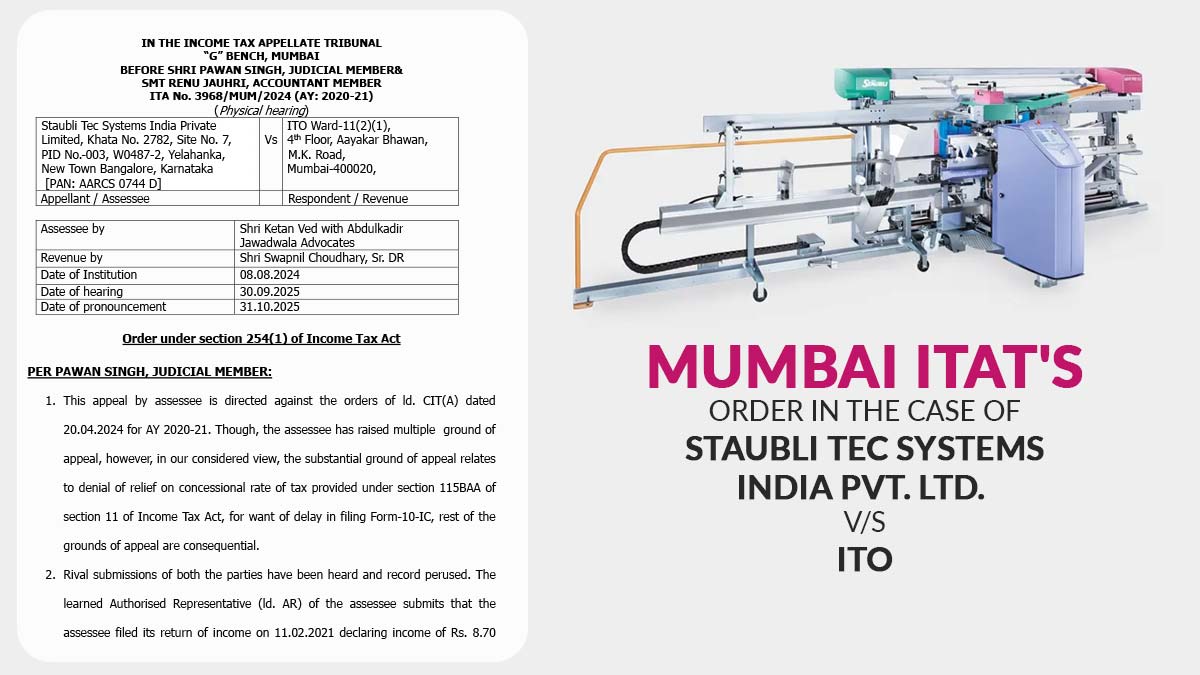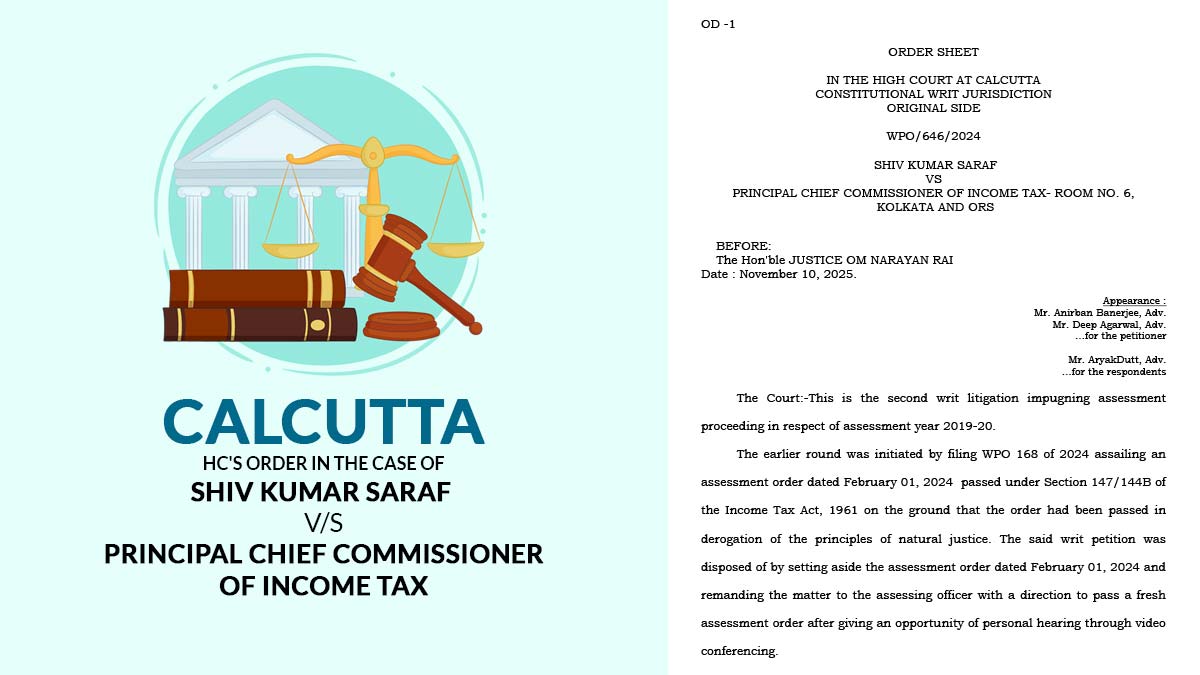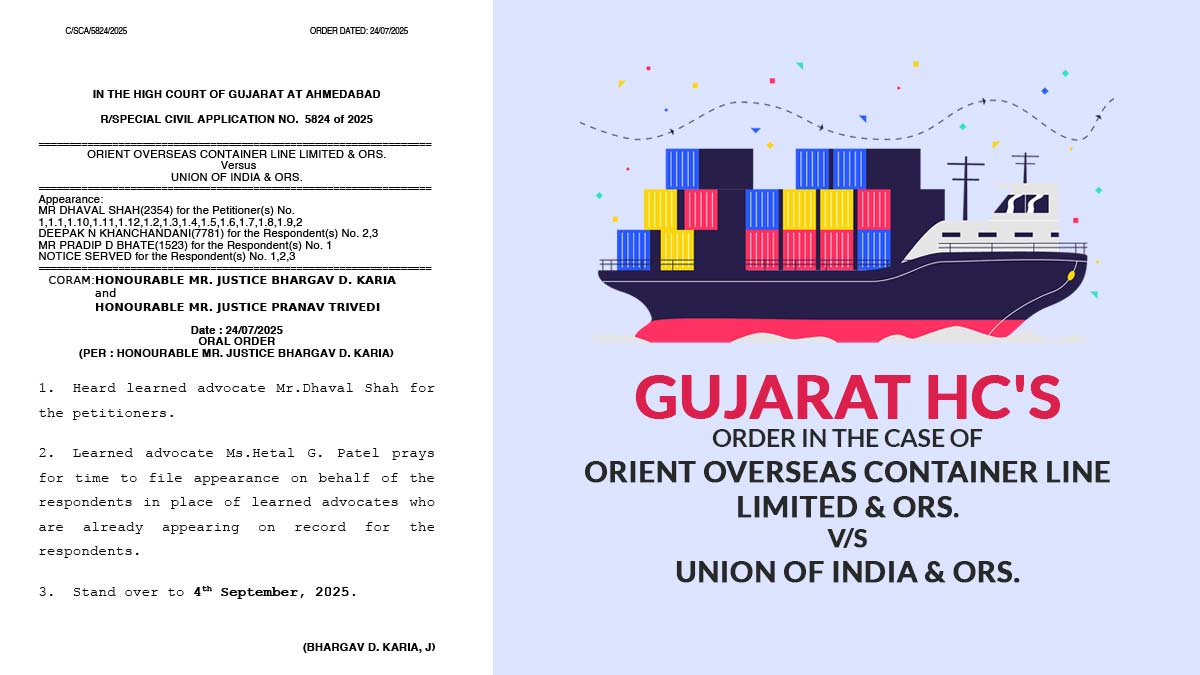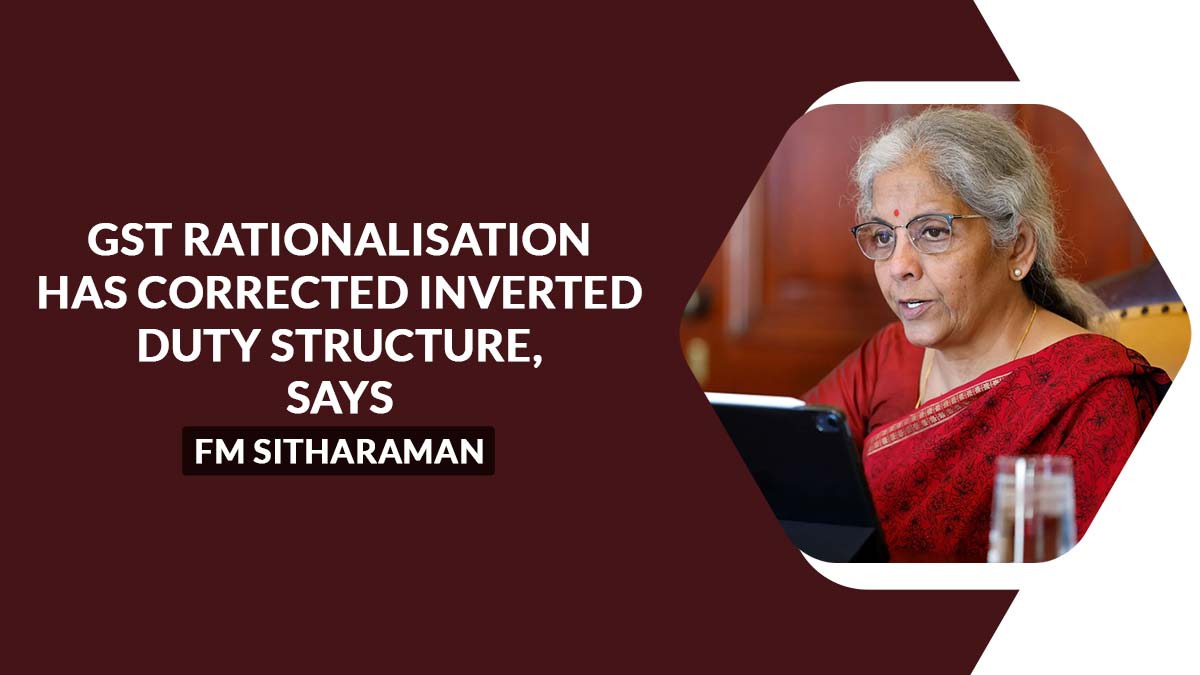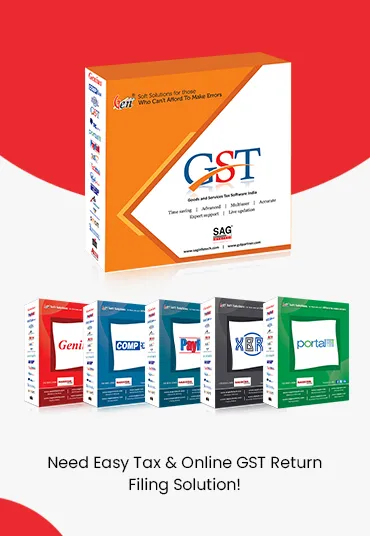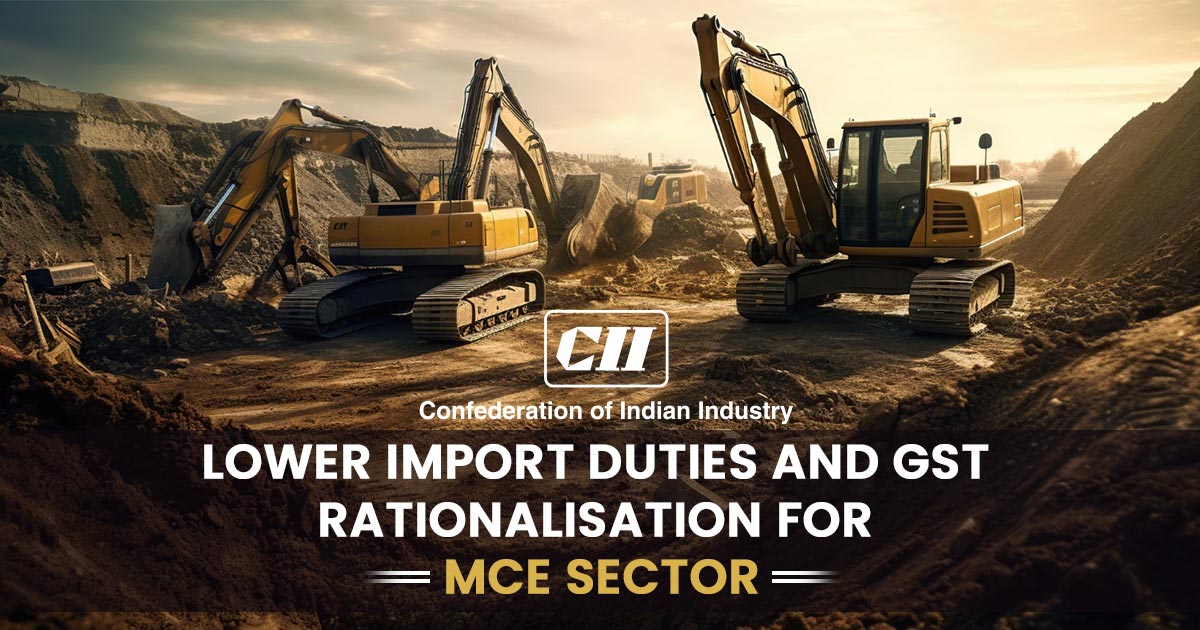
A new report by Kearney and the Confederation of Indian Industry (CII) states that the cost competitiveness of the mining and construction equipment (MCE) sector should be improved by rationalising Goods and Services Tax (GST) and import duties, which is crucial for the sector’s growth.
This arises because of the discrepancy in the GST structure between components and final equipment surges the burden on manufacturers. There is an inverted GST framework in the Sector of MCE. For instance, components like hydraulics and electronics are imposed to tax at 18 per cent, while final equipment like crawler cranes, wheel loaders, and drilling rigs are levied at 12 per cent.
Therefore, the report, Path to Viksit Bharat: Making India a Global Manufacturing Hub in the MCE, suggests rationalising GST and import duties to enhance cost competitiveness. It seeks to set up a national R&D consortium and a startup accelerator to foster innovation.
To increase domestic manufacturing, the report advises: “The government should revise the flat 7.5 per cent basic customs duty by increasing duties on fully built equipment and imposing anti-dumping duties against persistently underpriced imports.”
The sector of MCE relies on imports even after the effective engineering and fabrication capabilities of India. From countries such as China, Japan, and Germany, $2.6 billion worth of construction equipment components, including engines, hydraulics, and electronics, are sourced annually. Vulnerability to global supply chain disruptions and input cost volatility increases from this reliance.
Read Also: Current GST Rate and HSN Code on Construction Services
According to the report, a tiered structure like Brazil’s 14–20 per cent on equipment versus less than 5% on components will support setting up local assembly operations.
Unlocking the potential of the MCE ecosystem of India is the motive of the recommendation. India’s MCE sector is at a crucial turning point, ready to evolve from a locally focused industry to a globally competitive ecosystem.
The global MCE market stands at $414 billion, with India contributing $16 billion as of the 2024 report. Among the top six global markets, India is the fastest-growing country, surpassing developed economies like the United States, Germany, and Japan.
In the global environment, the stronger domestic demand and rising exports of India positioned the country as a major player in the international MCE value chain.
A 10-point action agenda requiring both government interventions and proactive OEM strategies has been specified by the report to make the potential of the MCE sector to $45 billion, more than triple by 2030.
It suggests introducing green incentives, like accelerated depreciation or viability gap funding, for electric, hybrid, and compressed gas-based MCE to enhance affordability and adoption for the end users.
To start a trustworthy PLI scheme to reinforce domestic manufacturing and export capabilities, regulatory clarity on homologation, and inclusion in export-promotion programmes like RoDTEP and TIES to enhance the MCE sector’s growth and global competitiveness are also been recommended.
Via initiatives like Atmanirbhar Bharat Abhiyan, Make in India, and PLI schemes, the government is promoting localisation for speciality steel and auto components. The government, in the case of a PLI for the MCE sector, has not introduced one to enhance the domestic manufacturing of heavy machinery used in mining and construction, lessen dependence on imports, and boost employment till now.
Read Also: Impact of New Taxation Structure on Works Contract
As per the report of Kearney and CII, the government support for the FTAs, global branding, and certification alignment shall improve the market access while requiring the adoption of digital technologies such as telemetry and IoT in public projects, and professionalising the workers will propel tech readiness.




